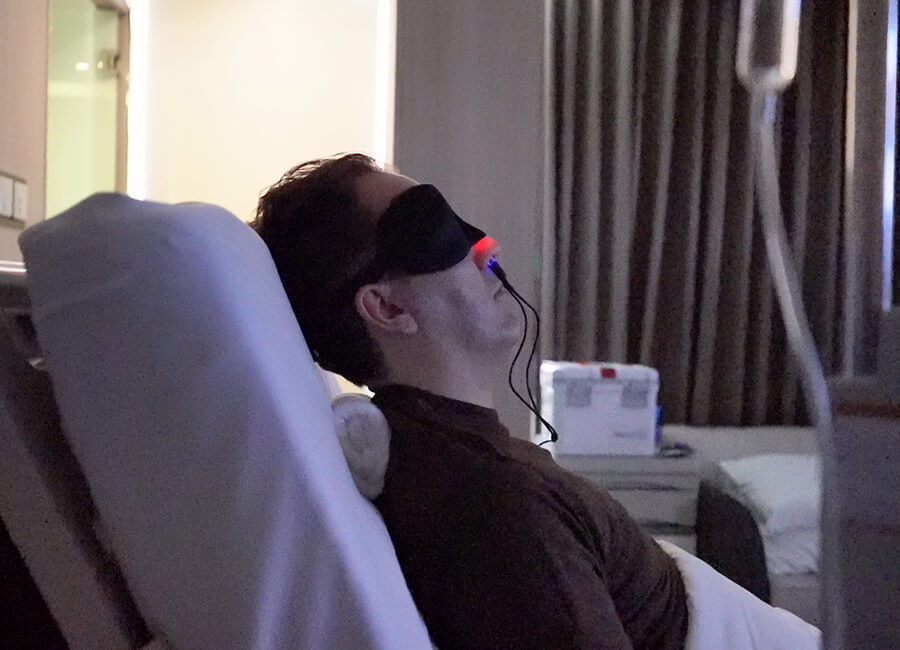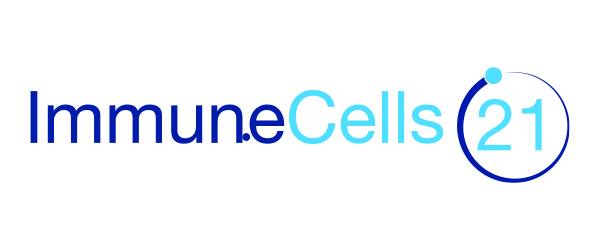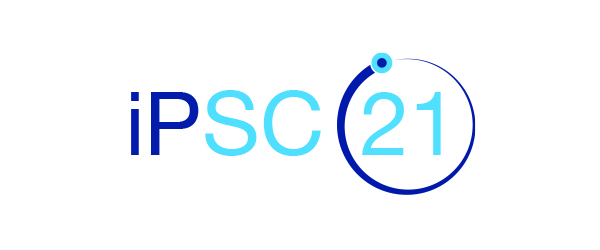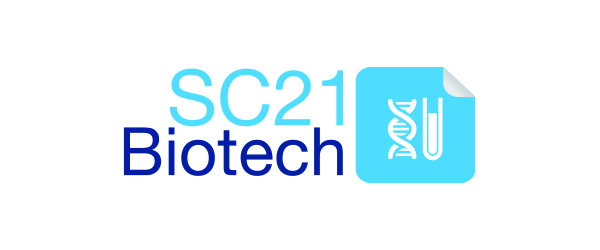Eye Disease Stem Cell Treatments
Eye Disease Stem Cell Treatment: There is a wide range of diseases and conditions that can affect our eyes, causing visual impairment and often blindness. With modern medical approaches, there is now stem cell therapy with the potential to restore and protect vision.
Stem Cell Eye Disease Treatments
One sense all people generally mostly fear losing is their sight. But, unfortunately, after the age of forty, macular degeneration, and with it cloudy, soft, blurred vision at best, becomes a reality for millions of people.
Age-related macular degeneration, and Stargardt disease, the most common form of inherited juvenile macular degeneration, are diseases of the retina that cause a loss of central vision over time. The retina is a layer of light-sensitive cells, called rods and cones, lining the back of the eye. These cells translate light information from the environment to signals that can be processed into sight by the brain.
Problems occur when the retina weakens due to age or when blood vessels break around the retina, such as in diabetic retinopathy. Retinal breakdown is also caused by retinitis pigmentosa, a group of related inherited diseases affecting an estimated 2 million people around the world. These diseases include Usher syndrome, Bardet-Biedl syndrome, and Refsum disease, among others.


Stem Cell Treatment for Eye Disease & Vision Disorders
Age-related Macular Degeneration (AMD) is a retinal degenerative disease that causes a progressive loss of central vision. It is one of the leading causes of blindness and is diagnosed as either wet or dry. People with AMD may first notice a blurring of central vision, especially during tasks such as reading. Also, straight lines may appear distorted or warped. As the disease progresses, blind spots may form within the central visual field. In most cases, if one eye has AMD, the other eye will develop the disease.
Diabetic Retinopathy is the leading cause of blindness in people of working age and is the result of the effects of diabetes on the eyes. It damages the blood vessels in the eye such that they either block or leak leading to decreased oxygen and nutrients to the eye nerves. In the most severe cases this can eventually lead to blindness. Diabetic patients require routine eye examinations so related eye problems can be detected and treated as early as possible.
Researchers have found that diabetic patients who are able to maintain appropriate blood sugar levels have fewer eye problems than those with poor control. Diet and exercise play important roles in the overall health of those with diabetes.
If the optic nerve is diseased or severely damaged, vision loss or blindness can occur. Optic nerve disease can result as a consequence of a variety of other conditions including glaucoma, inflammatory conditions and hereditary conditions such as Leber’s Hereditary Optic Neuropathy.
Optic nerve diseases with standard medical approaches are usually incurable. This means that, in the majority of patients, if vision is lost and not recovered in a very short time, it is unlikely to ever be restored without regenerative medicine.
Retinitis Pigmentosa (RP) is the name given to a group of hereditary eye disorders. These disorders affect the retina, which is the light-sensitive tissue lining the back of the eye. In RP, sight loss is gradual but progressive. It is unusual for people with RP to become totally blind as most retain some useful vision well into old age. Around 1 in 3,500 people in the developed world have the inherited condition, which arises from one of a number of faulty genes. As yet there is no cure or way to halt the progress of RP.
Stargardt’s Disease is the most common form of inherited juvenile macular degeneration. The disease not only causes the loss of central vision but also affects colour vision. With onset from about the age of 6, the effects vary from minor to complete loss of central vision.
We organize our stem cell packages based on the size and complexity of your condition. Small, simple conditions require relatively few stem cells to treat them. Large, complicated conditions— or conditions you wish to treat as quickly and as completely as possible—will require larger volumes of stem cells to get the job done.
Our price for this treatment starts at $19.500 (US Dollar). The treatment duration is between 3-5 days depending on your specific condition.
Details | Treatment Type | Stem Cell Volume |
I | Single Area of Focus & Treatment | 50,000,000 stem cells |
II | Multiple Areas of Focus, Simple Inflammatory Conditions, or Early Stage Disease | 100,000,000 stem cells |
III | Complex Conditions or Premium Option for Simple Conditions | 200,000,000 stem cells |
IV | Advanced Stage Disease or Fastest Possible Treatment for All Conditions | 300,000,000+ stem cells |
We select your supportive therapies based on your condition. Your supportive therapies will direct your stem cells to the impacted tissue that needs to be regenerated, trigger selective cell activity, and provide your body with additional biological building blocks to deliver a faster and more complete regeneration.
We offer many supportive therapies, that include but are not limited to:
- Peptides & Messenger RNA
- Laser Blood Irradiation
- Laser Tissue Radiation
- Shockwave Therapy
- Ozone or Oxygenation
- NAD+
- Physiotherapy
- Nutrition & Enzymes
We curate an additional set of simple supportive therapies that you will bring home with you after your treatment, and self-administer for one to three months. This take home set ensures that your stem cells and your impacted tissue continue to receive direction and building blocks to continue to regenerate after your initial treatment.
We typically provide a one to three-month supply of:
- Compounded Nutrition
- Messenger RNA
- Growth Factors






